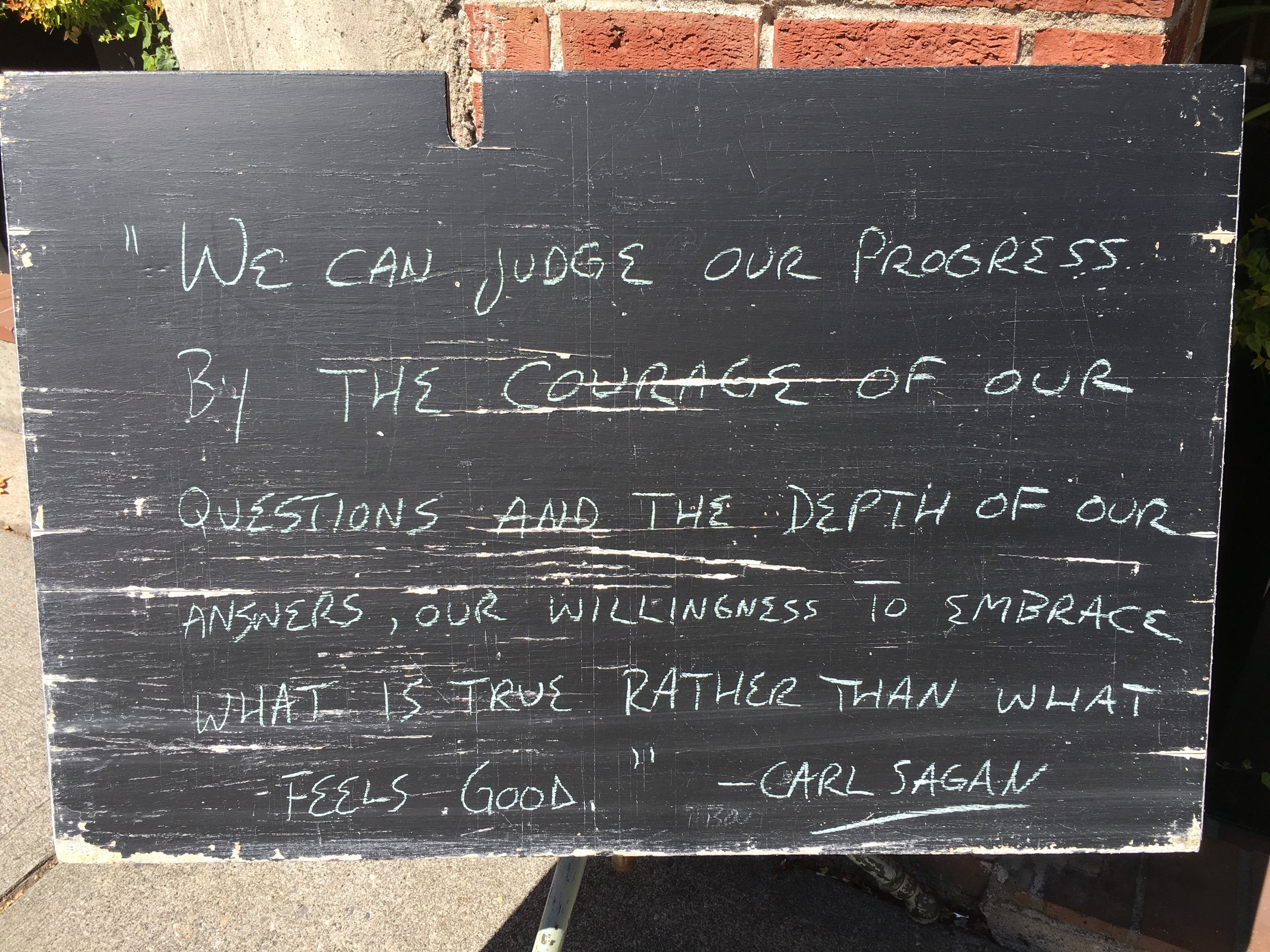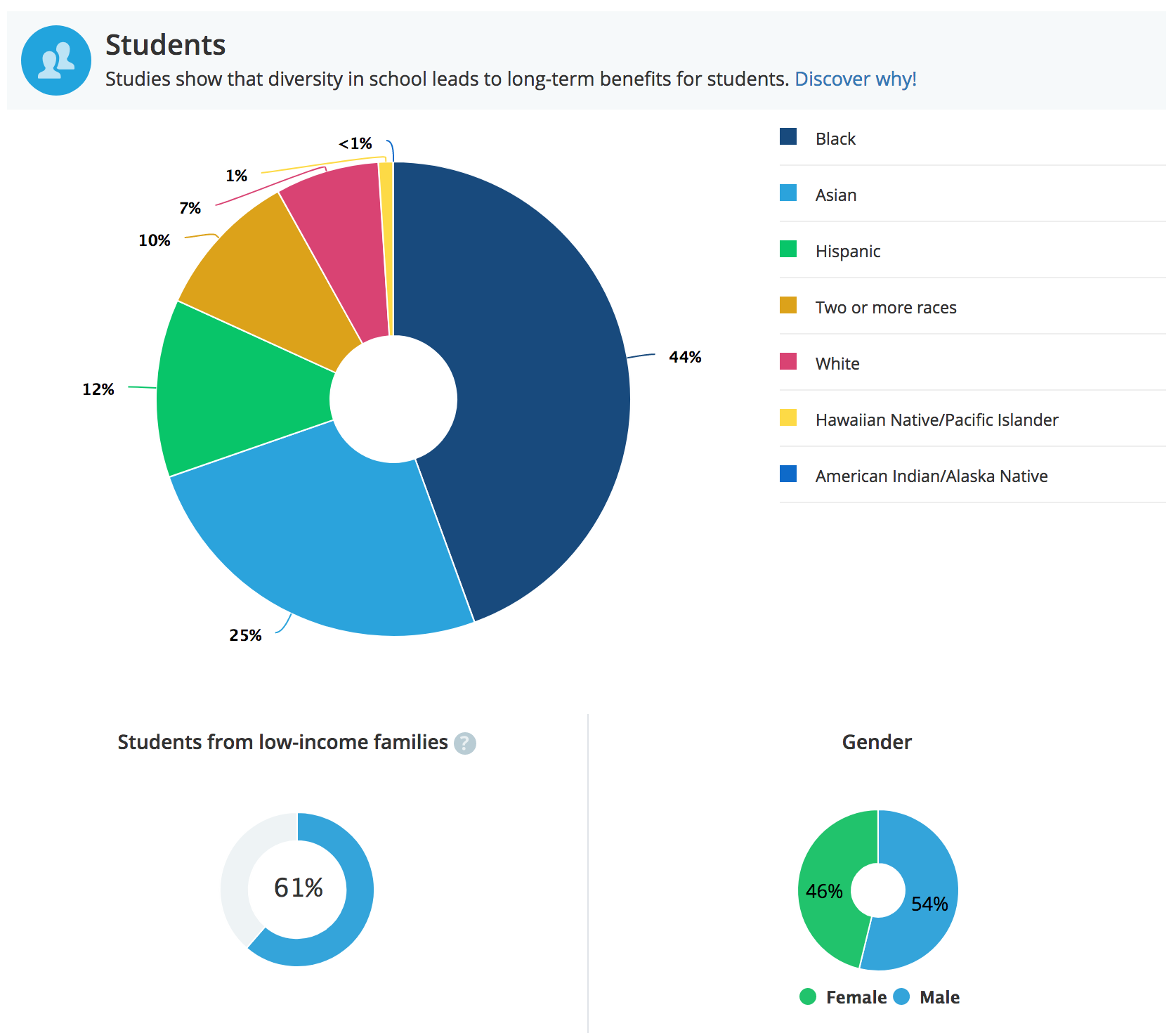I've been writing a lot about ESSA and the need for active vigilance as our states attempt to write their own school accountability standards and procedures.
Here in Washington, state education leaders have developed a first draft of the statewide education plan due to the U.S. Education Department by Sept. 18, 2017.
A major chunk of the plan is dedicated to school accountability: knowing how well schools are meeting the academic needs of students, showing that information to parents and communities, and helping schools that are struggling the most. Of everything that happens during the transition from No Child Left Behind, this part of the process will have the most impact on educational equity, which means it will have the most impact on our traditionally oppressed students and communities. Which means nothing else in this plan matters if we let our education leaders get this part wrong.
So, let's stay vigilant together. Here are some highlights and potential concerns from the first draft of Washington's consolidated ESSA plan:
The Goals
Elementary/Middle Schools
Where data is available, Washington wants 100 percent of elementary and middle school students testing on grade level (or on track to being there) by 2037. At the 10-year midpoint, they hope to have each subgroup of students (including different racial and ethnic groups, students with disabilities, low-income students, etc.) cut the learning gap in half.
So, if 40 percent of black students are testing at grade level in 2017, for example, the state would like to see 70 percent of them at grade level by 2027 (the gap to get to 100 percent was 60, so half of that means an increase of 30).
High Schools
In 10 years, at least 90 percent of students from each subgroup should be testing on grade level in high school and graduating from high school.
English language proficiency goals are still to be determined.
Tracking and Rating Schools
States also have to measure how schools are doing in other areas. Washington has chosen to look at graduation rates, whether students are meeting a minimum bar for grade-level work, how much students are growing academically, progress for non-native English speakers, and “School Quality or Student Success” (things like chronic absenteeism, dual-credit participation and the percent of 9th graders who don’t fail a course).
They’ll use all of these indicators to give schools an overall score or rating.
The state hasn’t completely figured out its rating system yet. Everything related to academics (such as student performance on tests, graduation rates, etc.) will count for more than the school-quality factors just mentioned, but exactly how the state plans to calculate a score remains vague.
In the plan, students’ academic growth is considered to be of “high” importance, performing at grade level is “medium,” and school-quality factors are “low.” This seems like generally the right way to think about it — academic factors should be a priority and count for more in a school’s overall score — but “precise numerical weightings have not been assigned,” according to the draft plan.
When they do figure out how to calculate scores, Washington will give schools an overall rating on a 1-10 scale. They’ll also give schools a color label tied to that ranking.
These scores will be based on a three-year average. Unfortunately, Washington will only ask schools to report every three years. In other words, in some years, parents would be looking at a scores that use information that’s nearly six years old. Taking a three-year average makes sense — it can be misleading to judge the hard work of teaching kids by such a small sample size as a single year. But not recalibrating that three-year average every year is a disservice to parents and others seeking to have timely information about what’s happening in Washington schools.
How are 'subgroups' counted?
Federal law says states have to track specific groups of students — the kind of kids who usually get the short end of the stick in education. Not only do states have to track them, but they must have a plan in place if those subgroups of students — again, students of color, students with disabilities, low-income students, etc. — are not getting the education they deserve.
In the section of the plan where states are supposed to identify each “major” and “racial ethnic” group, Washington seems to ignores the “major” part — students with disabilities, low-income students, and English learners — and only addresses the racial ethnic groups.
In another section, Washington says it plans to create two sets of subgroups to help them identify schools that need “targeted support” (see more on this in the next section). The first set would group racial and ethnic minorities together — nearly any non-white student, it would seem. The second, called the “program” group, would include English learners, students with disabilities, and low-income students.
It’s unclear if Washington will report on low-income students or students with disabilities if they aren’t identified for this level of support. The only mention of this second set is when the plan talks about providing support to struggling subgroups needing “targeted support.” If the state doesn’t report on them, it will create a serious issue of state transparency with parents, and it could also put the state in violation of federal law.
Support for Struggling Schools
Once Washington figures out how to give every school a score, education officials will identify the bottom five percent of schools to receive the highest level of support: "comprehensive support." Schools with a four-year graduation rate below 67 percent will also be marked for comprehensive support.
The state will give these schools 90 days to figure out what they need to improve and come up with a plan. The Washington Office of Superintendent of Public Instruction’s office (OSPI) will review those plans and get them back to the schools within 30 days.
Schools that aren’t in the bottom five percent but have struggling subgroups of students will be identified as schools needing "targeted support.” The intervention is basically the same: Give them time to make a plan to turn things around. The major difference is funding. OSPI has no way of knowing for sure how much money will be available from the federal government, so comprehensive-support schools will be first priority when funding these plans. Whatever’s left will go to the targeted-support schools.
To identify targeted-support schools, the state will look at those two sets of subgroups (the racial/ethnic minorities set, and the “program” set with non-native English speakers, students with disabilities, and low-income students). Within each set, they’ll see which schools are struggling the most and select them for targeted support.
What's next?
We need to monitor the state's school rating system, which is currently in development by the Achievement and Accountability workgroup.
We also need to look into the rationale behind only checking school accountability measures every three years. This sets the stage for some very outdated information.
And we need to know if low-income students and students with disabilities will be reported on even if they don’t fall into the comprehensive or targeted support categories. This isn’t clear in the plan. We know they’ll be tracked for long-term goals, but outside of the targeted support details, they aren’t mentioned in the plan’s accountability section.




















